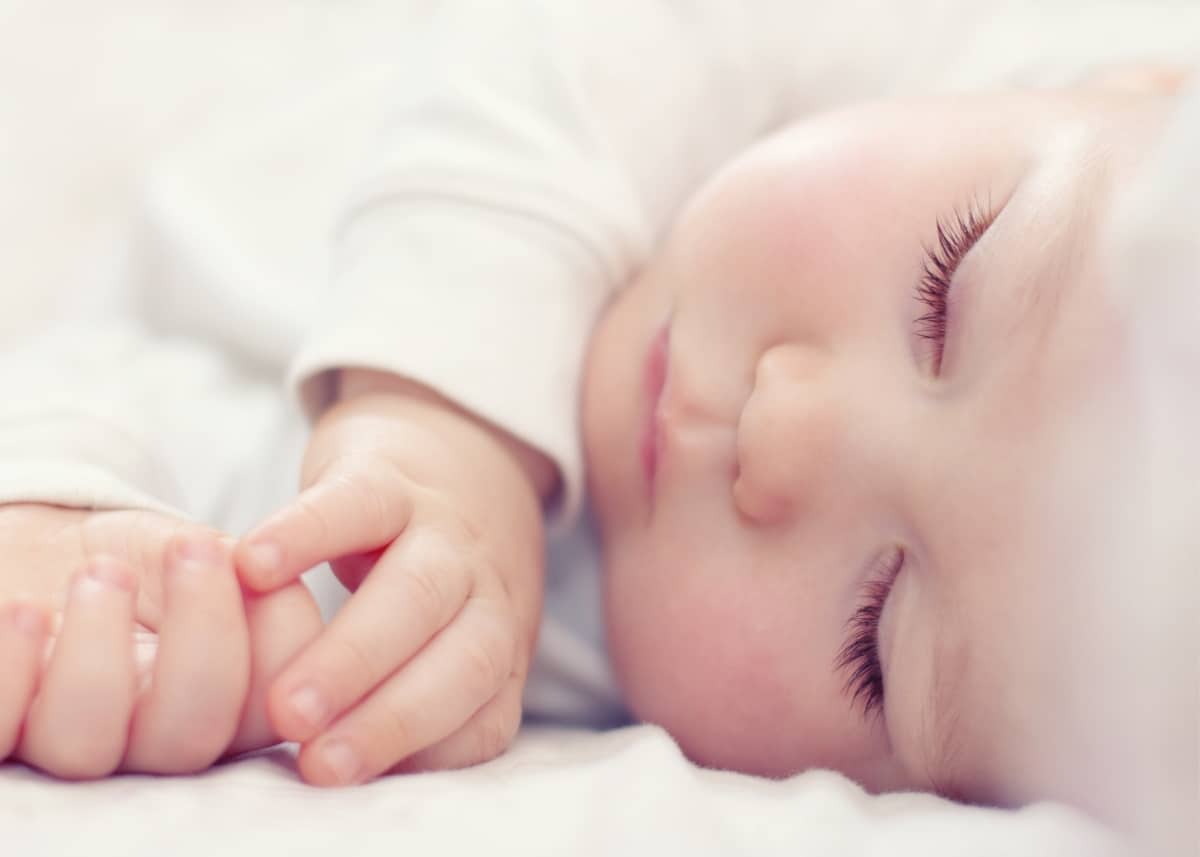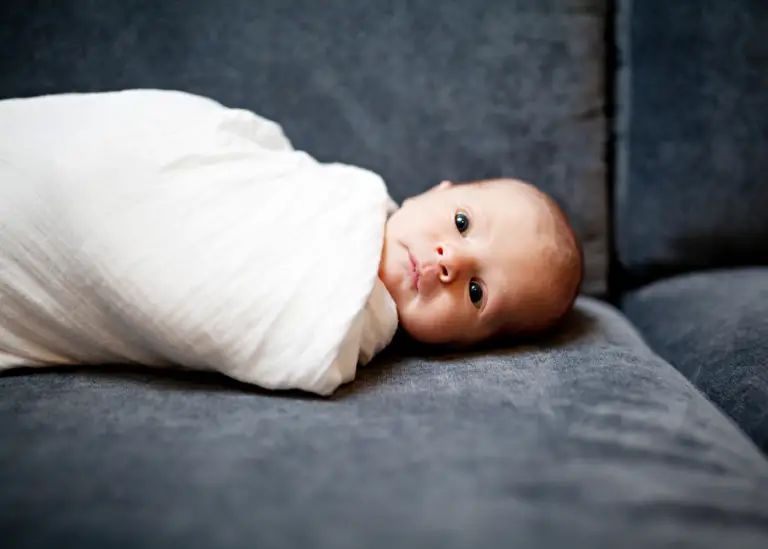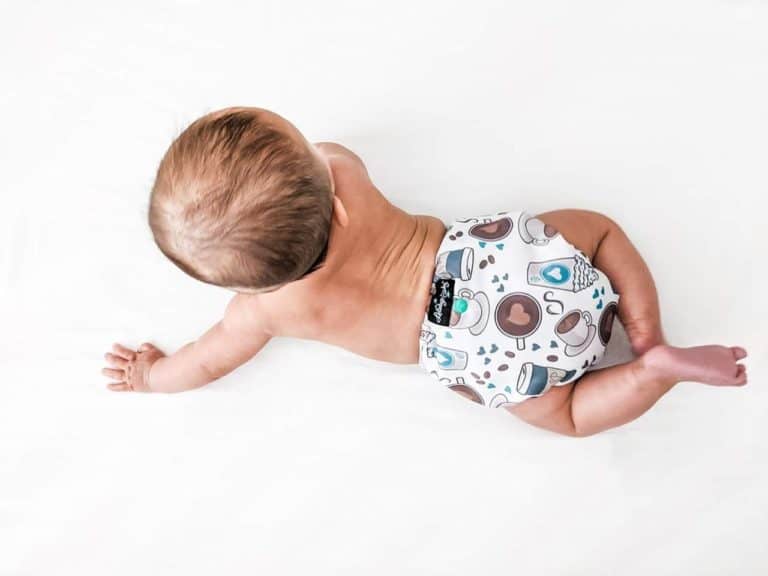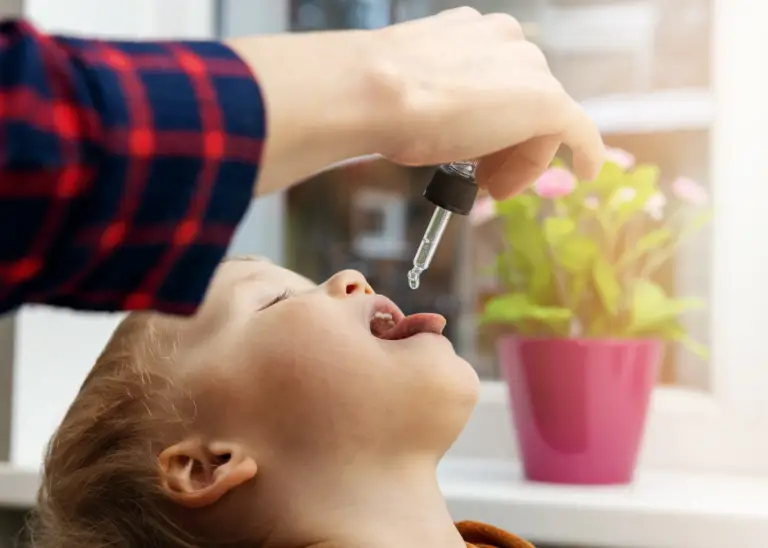When Do Babies Get Eyelashes? What Parents Should Know
When do babies get eyelashes? Honestly, I asked myself the same thing the first time I stared at my newborns up close. Both of my kids had lashes so wispy at birth they were basically invisible—like, I had to squint to see them.
If you’re wondering whether your baby skipped the eyelash memo, you’re not alone.
As a pharmacist and mom of two, I dug into both research and my own experiences — and I’ve got answers to help ease your mind.
Let’s talk about when those tiny lashes usually make their debut, why some take longer to show up, and why it’s almost always nothing to stress about.
This post contains affiliate links, which means I receive a small commission, at no extra cost to you, if you make a purchase using this link. Please see my disclosure for more details.
Do Babies Have Eyelashes at Birth?
Yes—babies actually start developing eyelashes in the womb around 20 weeks of pregnancy. By the time your little one arrives, the lashes are technically there.
But whether you see them right away is another story. On darker-haired babies, lashes may be more noticeable. On blondes or babies with lighter features, they can be so fine and pale that they’re practically invisible. That’s why many parents take one look and assume their newborn doesn’t have any yet.
The truth? They’re there—just tiny and delicate, waiting to thicken up.
Even though my children are dark-haired, their eyelashes were barelly visible!
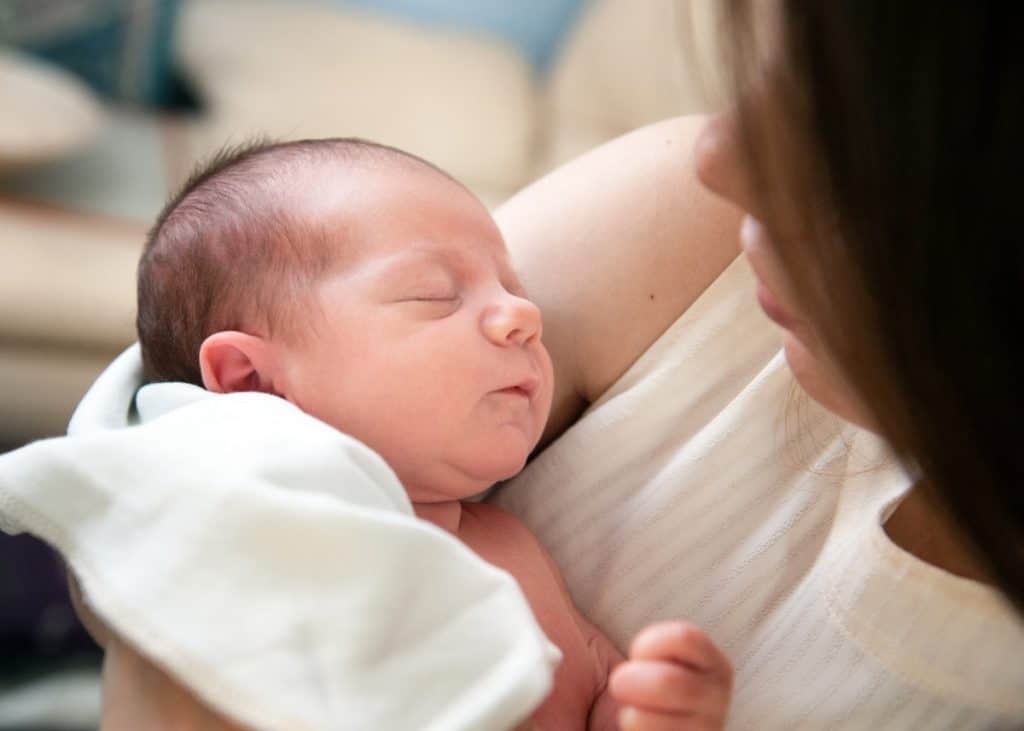
Why Doesn’t My Baby Seem to Have Eyelashes?
If you’ve been squinting and still can’t spot them, a few things could be going on:
- Light-colored lashes – Blonde or red-haired babies often have lashes so pale they blend into their skin. They’ll darken or thicken over time.
- Premature birth – If your baby arrived early, the lashes may still be developing. They’ll catch up in the weeks after birth.
- Slow or subtle growth – Like every part of baby development, lashes grow on their own timeline. Some babies show them off right away, others take months.
You may read about hormones, genetics, or even nutrients playing a role—and while those factors can affect hair growth in general, most of the time it just comes down to patience. Baby lashes at birth are like hair – some babies are born bald but then grow luxurious locks within months!
This happened with my daughter, who was born bald, but then grew in both eyelashes and head full of hair!
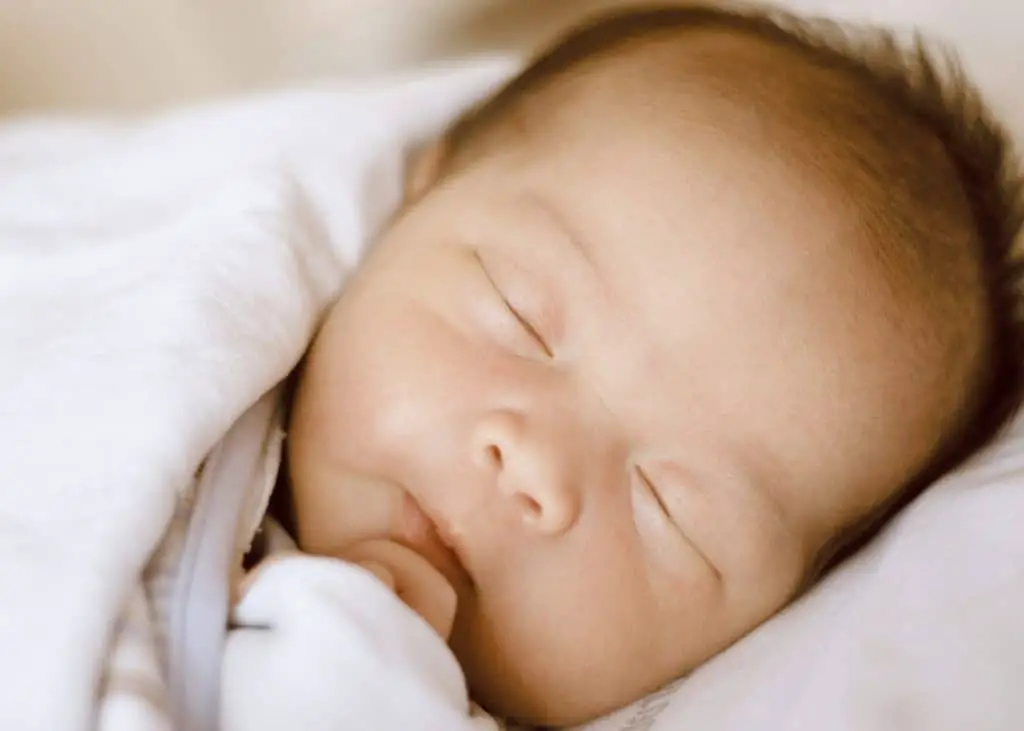
What Do Eyelashes Actually Do?
Eyelashes aren’t just cute (though let’s be real, baby lashes are unfairly gorgeous once they fill in). They play an important role:
- Protection – Lashes help keep dust and dirt out of the eyes.
- Blink reflex – Even the lightest touch to the lashes triggers a blink, protecting the eyes from harm.
So while they may look nonexistent at first, those lashes are already helping keep your baby’s eyes safe.
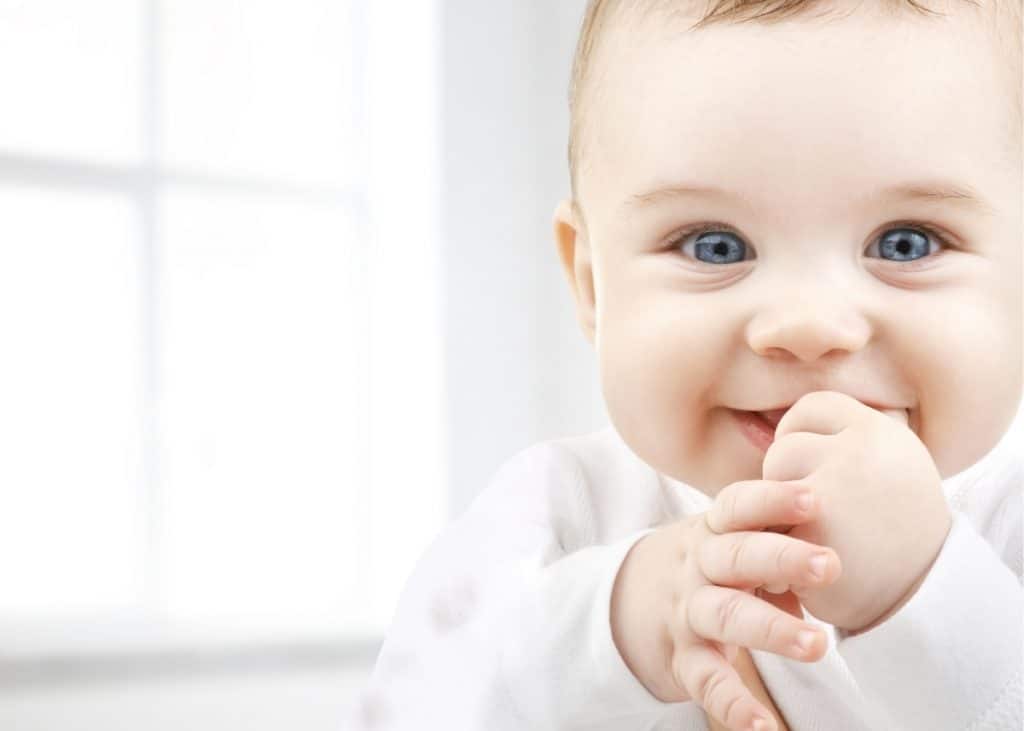
Common Eyelash Concerns for Parents
If you’ve ever looked at your baby’s lashes and thought about trimming, styling, or doing anything to “help” them along—pause right there. Don’t trim or style your baby’s eyelashes. They grow naturally, and messing with them can cause irritation or even infections.
What if an eyelash gets stuck in your baby’s eye? I’ve had this happen to us a few times, and it can be scary! First, don’t panic—it happens. Wash your hands, gently pull down the lower lid, and see if you can dab the lash away with a clean, damp washcloth or cotton ball. If it doesn’t come out easily, let tears do their job. They often wash the lash out on their own.
I always kept a stash of these ultra-soft baby washcloths in our nursery — they’re gentle enough for delicate newborn skin and perfect for sensitive eyes.
And when should you call the pediatrician? If your baby is several months old and truly has no visible eyelashes at all, or if you notice redness, swelling, or signs of irritation around the eyelids, it’s worth getting checked. But most of the time, what looks like “no lashes” is just very fine or pale ones waiting to grow.

When to Stop Worrying
Here’s the good news—most babies have visible eyelashes within a few weeks, but they can take a little longer to really fill in. By a few months old, you’ll usually notice them getting thicker and darker.
And by around 6 months? Those lashes are often so long and full you’ll wonder why you ever worried.
That was exactly my experience—both of my babies went from nearly invisible lashes at birth to dramatic, swoon-worthy ones by half a year.
The truth is, eyelashes just need time. Every baby grows at their own pace, and it’s not something you can speed up. Patience is usually all that’s needed. If you’re stressing every time you stare at your baby’s tiny eyes, remind yourself: lashes are already in progress, even if you can’t see them yet.
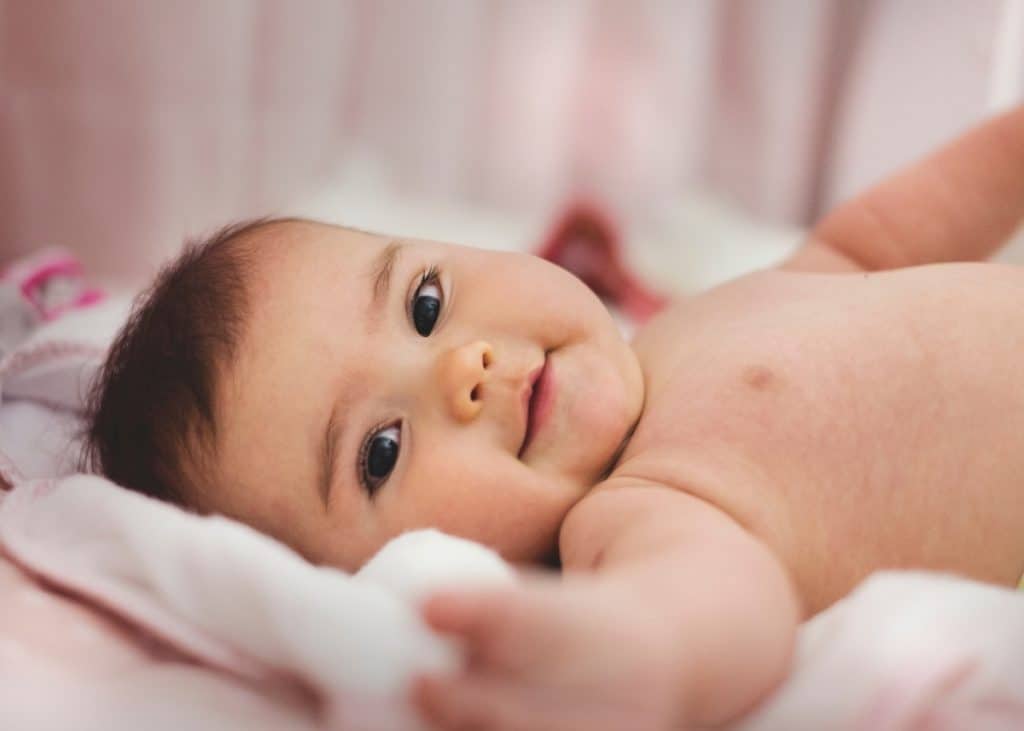
The Bottom Line on Baby Eyelashes
If you’ve been wondering when your baby will finally sprout eyelashes, rest easy—they’re already there, even if they’re too fine to notice at first. Some babies show them off right away, while others take weeks or months before they really stand out. Either way, eyelashes grow naturally and don’t need trimming, styling, or any special help.
Variations are completely normal, and those lashes will thicken up in time. Instead of stressing about what you can’t see yet, soak up those newborn snuggles—you’ll blink, and suddenly your baby will have long, fluttery lashes.
Curious about the other half of the equation? Check out my post on when babies get eyebrows to learn what’s normal there too.


